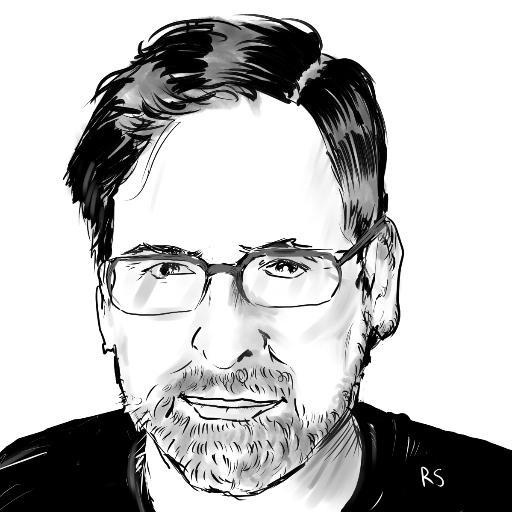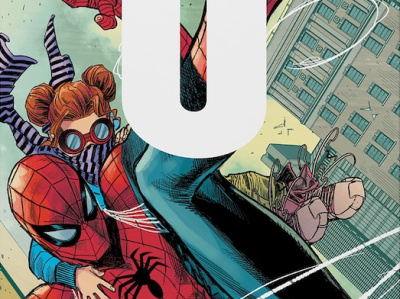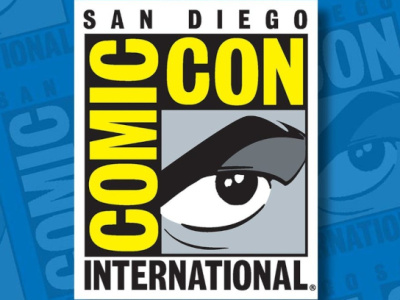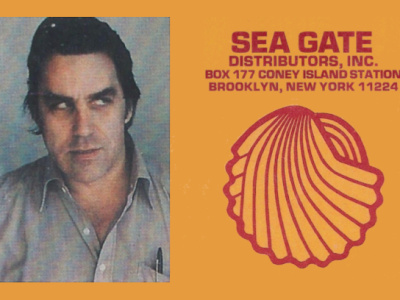What a difference a week makes. This Monday, we woke up to the news that a COVID-19 vaccine under development by Pfizer Pharmaceuticals and BioNTech had demonstrated 90% effectiveness in early tests, the most promising development yet in the efforts to suppress the spread of the virus. Even if it turns out to just be a signpost on the road to a vaccine rather than a silver bullet, there is some reason to hope that a scientific breakthrough, combined with a more informed and coordinated federal public health response to the pandemic starting in late January, might lead to a very different social and economic picture in 2021. So what would that mean for our industry, given the huge disruptions that have taken place this year?
A Bubble in the Supply Chain. One of the problems that the publishing business needs to work through is the medium-term impact of supply chain disruptions from last spring and summer.
Basically, a lot of product that was supposed to hit the market got delayed, and a bunch of other projects got cancelled. That was bad in the short term because retailers didn’t have new stuff to sell, cutting off a revenue opportunity and leaving stores in a weaker financial position to weather the additional problems of lower store traffic and operational disruption.
It’s also bad in the medium term to the extent that trade book sales – particularly in the direct market, and particularly for periodical-oriented publishers – depend on collecting previously-released material from the recent past. That generates important new revenue for publishers and retailers. It supplements the income of creators with royalties and residuals. And it creates a more noticeable platform for entertainment companies looking to license properties for other media. In short, fewer periodicals in Q2-Q3 of 2020 = fewer trade collections in Q1-Q2 of 2021 = potentially fewer media deals over the summer of 2021 for material that overperforms in the trade book channel.
Depending on how quickly things can return to normal, that could come out in the wash. A big Q1 of 2021 would make us forget a lot of the bad stuff of the past year, and any short-term blips could be wiped away by surges elsewhere.
The Media Gap. The movie industry probably faced the most dramatic headwinds from the pandemic, with theaters closed around the world and audiences reluctant to return to crowded indoor spaces even in jurisdictions where they were allowed to reopen.
As a result, many of the big tentpoles expected in 2020 got delayed releases (Wonder Woman 1984, Black Widow) or dropped with a thud into a dismal economic environment (New Mutants). This absolutely crushed the studio bottom lines, which makes shareholders and management more conservative about funding future blockbusters even when demand returns. Considering the lead time to produce, market and distribute these kinds of movies, we might be suffering this hangover well into the 20s.
That said, these same entertainment companies got the biggest bounce on Monday’s news of a potential vaccine, so it’s possible capitalization won’t be as big a problem moving forward as it appears. It’s also possible that when the backlog of blockbusters finally hits screens in Q1-Q2 of 2021 or get held for Summer 2021 releases, the pent-up demand will push those numbers higher than ever.
If that happens, it’s great news all around for the rest of the industry. While it’s true we have rarely seen correlations between movies releases and periodical sales (there’s more evidence on the trade book side, but only when there are identifiable standalone tie-ins like Watchmen), more air cover in popular culture can only help renew the interest of casual fans by reminding them how much fun general participation in geek culture can be. That will feel like a breath of fresh air after the smelly wet blanket that 2020 has thrown over just about everything.
Reinventing Conventions. The other huge casualty of COVID-19 has been live events. Conventions and in-person gatherings of all kinds have been on ice since March. Starting them up again absent a highly-effective vaccine seems irresponsible, and organizers get roasted online for even floating the idea or announcing dates.
That’s frozen the industry in place. Not only are convention organizers cut off from the resources they need to put on events, they can’t even realistically plan for new shows or assure their boards and shareholders of what the future might hold. Some of the bigger organizers have managed to keep their core teams on payroll through the year, but there’s been a lot of attrition and loss of institutional knowledge.
Even if a cure were announced today and we could all start lining up for shots tomorrow, it’s likely to be a while before we see large scale shows back in operation. When you have a locomotive pulling a 50-car train full steam down the tracks suddenly slams on the brakes, it takes a while for things to get moving again once the tracks are cleared.
That said, every live event of every kind, from concerts to trade shows to food festivals, is in the same boat. There are empty venues all across the country with no bookings. There’s idle capacity in ticketing, event management, security and all the other stuff you need to mount a successful convention waiting to come running back onto the field from the sidelines. If the mist of uncertainty starts to rise, convention organizers who have managed to hold on to their capacity and resources might be able to take advantage of these conditions to meet the huge surge of enthusiasm that everyone will feel to get back together safely in large gatherings.
The other silver lining for conventions is that the COVID era has given shows new competencies in running online events and monetizing celebrity one-on-ones. Considering how much of the convention industry in the 2010s was devoted to servicing photo ops and autographs relative to other parts of the show experience like programming and vendor sales, separating some of that from the live event experience could be a win-win-win for fans, celebrities, organizers and vendors who all have issues with the pre-2020 system.
A Light at the End of the Tunnel. All of this is obviously premature. We have a long way to go on the science and public health front before a majority of people will feel comfortable getting back to normal pre-COVID life. Some people and businesses will probably permanently alter their behavior as a result of the experience. Others will have lost too much to come back strong.
But for the first time in a long time, it’s possible to envision positive scenarios that have at least as much chance, and possibly better chances, of actualizing than the doom-and-gloom that seemed all too possible as recently as last week.
Whatever lays ahead, it’s a new day, and it might just be a sunny one.
The opinions expressed in this column are solely those of the writer, and do not necessarily reflect the views of the editorial staff of ICv2.com.
Rob Salkowitz (@robsalk) is the author of Comic-Con and the Business of Pop Culture.
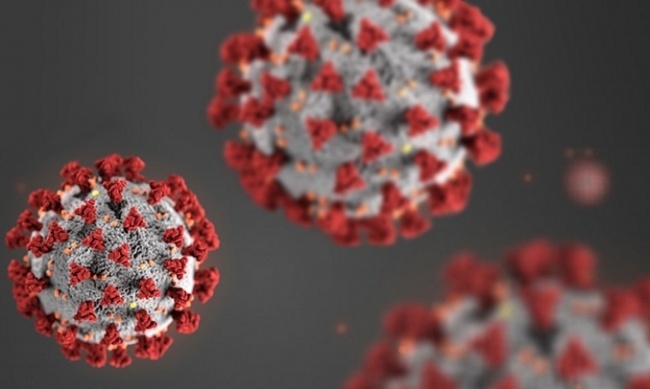
Column by Rob Salkowitz
Posted by Rob Salkowitz on November 9, 2020 @ 5:07 pm CT
MORE COMICS
Starter Kit for Rebooted Universe
August 6, 2025
The box set is designed to be an entry point to the rebooted Ultimate Universe.
Whether It Wants to Accept Diamond's Consignment Agreements
August 6, 2025
The Ad Hoc Committee has filed a motion asking the court to force Sparkle Pop to decide whether it wants to assume the Diamond consignment agreements.
MORE COLUMNS
Column by Rob Salkowitz
August 5, 2025
In this week's column by Rob Salkowitz, he looks at the industry's biggest show, held in the midst of some existential issues.
Column by Paul Levitz
August 5, 2025
In this column, writer and former DC Comics Publisher Paul Levitz looks at the induction of Phil Seuling into the Will Eisner Hall of Fame.



